Picture Books to teach Digital Safety
Picture books are a wonderful way to engage children of all ages.
With younger children they provide an opportunity to engage in literacy with storylines they may not have experienced or thought about.
With older students they are a wonderful hook to stimulate discussion or debate.
Is it true? Is it relevant to us? What can we do to protect? prevent? or follow up?
Once upon a time Online by David Bedford
Using fairytale characters this book illustrates some of the hazards of being online. The Fairy Godmother teachers them how to use screen time to be productive and creators rather than users of technology.
The Fabulous Friend Machine by Nick Bland
Popcorn the chicken finds a friend machine (phone) and makes some wonderful new friends, who turn out be not telling the full truth. Her old (true) friends step in to save her.
The internet is like a puddle by Shona Innes
This book gently talks about the dangers of being online and how adults can help us navigate those dangers.
The Little Possum Looked Up by Kim Maslin
If you enjoy Dr Seuss, you’ll love
The surfing penguin by Kim Maslin
Four short stories with new and familiar feathery faces, addressing the cyber safety issues of: viewing scary content online, trolling, cyber bullying, online gaming and sharing too much information!
The Tweeting Galah by Kim Maslin
Four short stories with relatable Australian animal characters, addressing the cyber safety issues of: cyber bullying, too much screen time, online predators and posting things you shouldn’t!
The Zooming Owl by Kim Maslin
A special edition short story released in response to the COVID-19 crisis, introducing primary school students to the topic of distance education and remote learning.
Online resources and an ebook about the safety of swoosh and glide, suited for lower primary. Includes teacher resources. Published by the Australian eSafety Commissioner.
#Goldilocks - a cautionary tale by Jeanne Willis and Tony Ross
Goldilocks publishes selfies of herself doing illegal activities and gets caught. Suited for older students upper primary and early secondary.
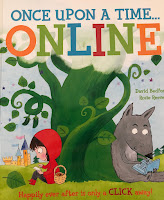








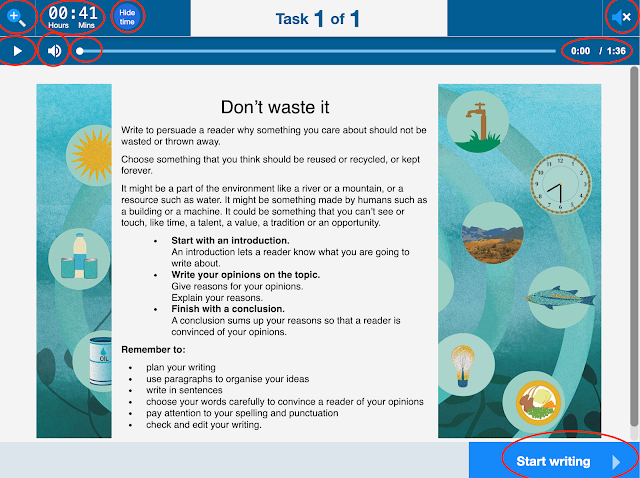




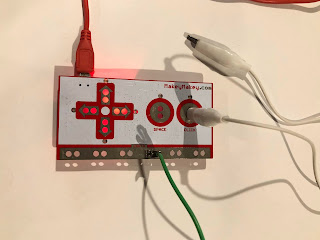
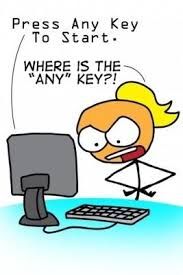

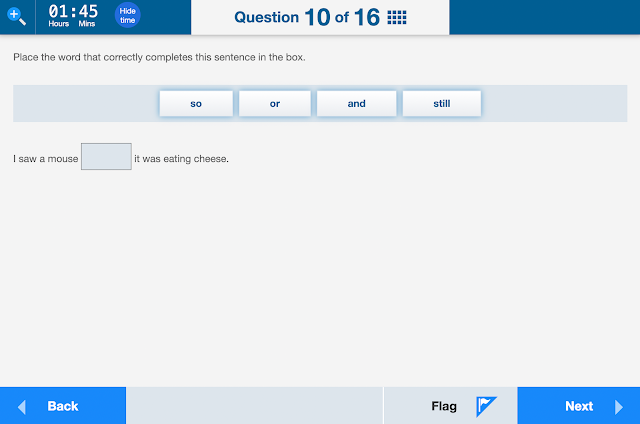
Comments
Post a Comment